Over the last three days, we've been driving the Toyota GR Toyota Supra across France to the World Rally Championship season-opening Rallye Monte Carlo, on a mission to learn all about this amazing sports car and the GAZOO Racing performance brand behind it.
On the way, we’ve visited the historic pitlane at Reims, conquered the twisty, snowy mountain passes of the Hautes-Alpes, gone behind-the-scenes with Toyota GAZOO Racing in the Rallye Monte Carlo service park, and set the style in the heart of glamorous Monaco for the start of the rally itself – all while covering hundreds of miles of French autoroute in between.
At every point of the journey, the Toyota GR Supra has been both an impressive and faithful companion. With former rally driver and World Rallycross commentator Andrew Coley at the wheel, we’ve proved it’s a true modern grand tourer – light, powerful, responsive and confidence-inspiring on tight and vertiginous Alpine roads; stylish, cosseting and practical on long journeys and in-town.
You can follow our trip below. Plus, we’ll shortly be posting a behind-the-scenes video of our journey – so make sure to watch out for that.
Learn more about the Toyota GR Supra at toyota.co.uk/supra
05:30 Tuesday 21st January
It’s a cold January morning, but a new dawn is breaking for Toyota. We’re in Dover, with the keys to the Toyota GR Supra in our hand – ready to drive across Europe to join Toyota GAZOO Racing at Rallye Monte Carlo.
As Toyota founder Kiichiro Toyoda once said: “To test the durability and performance of their cars, companies ought to participate in auto races. Such races must not be regarded as a simple matter of curiosity. They are indispensable.” So, the idea of driving the GR Supra across Europe to one of the world’s most iconic motorsport events feels like an indispensable way to satisfy our curiosity about Toyota’s new GAZOO Racing performance brand.
06:30 Tuesday 21st January
As we wait for our ferry, there’s time to admire the GR Supra. This dramatic fifth-gen re-imagining of Toyota’s sportscar icon is perfect for this trip. As a two-seat, front-engine, rear-wheel-drive ‘grand tourer’, it boasts the sort of style that turns heads on the autoroute and the Riviera, as well as handling and power that thrill on winding Alpine roads. Inside, there’s room for a weekend’s luggage, behind a two-seat cabin that is as cossetting on long journeys as it is driver-focused on the twisty bits.

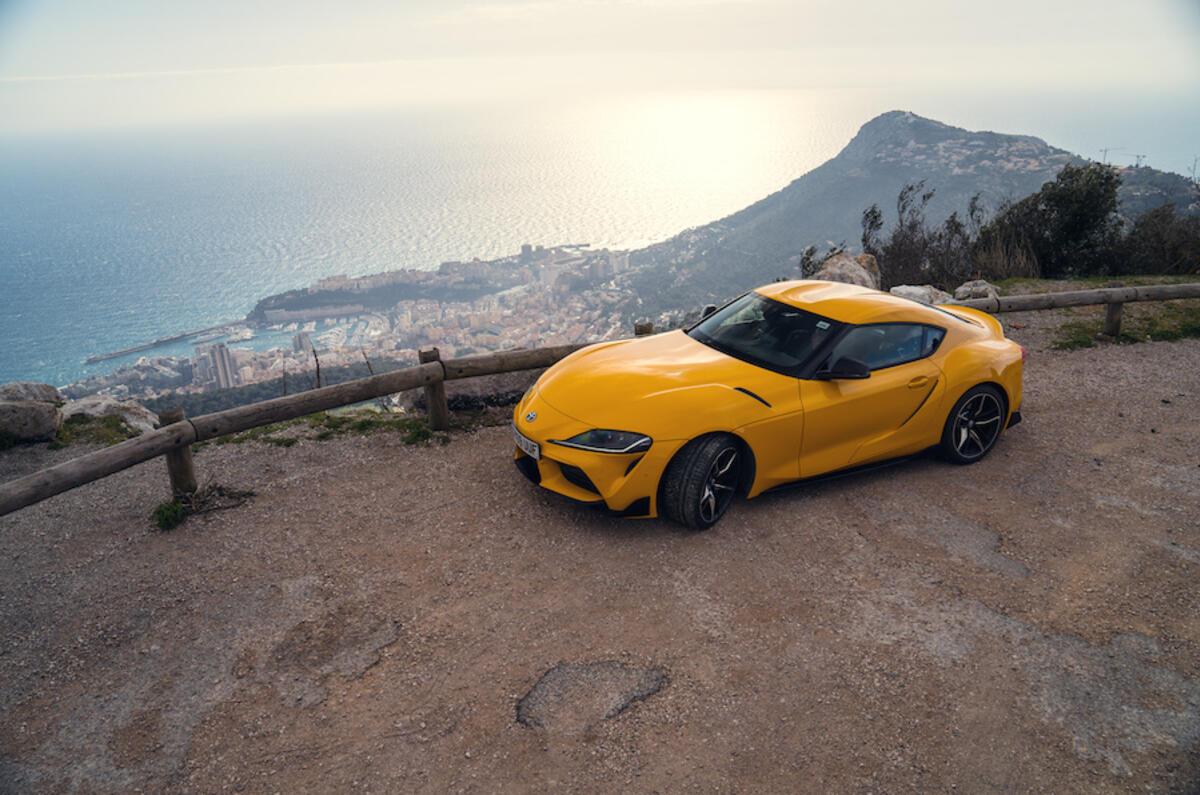
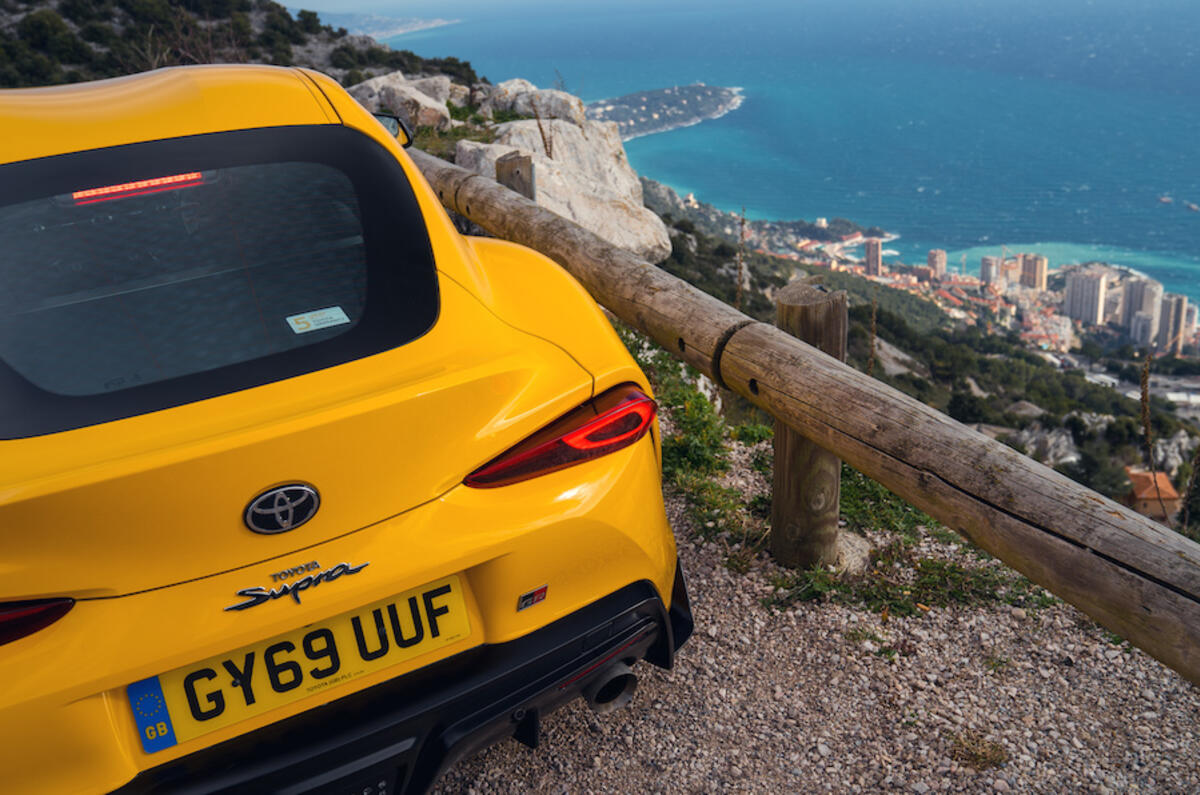
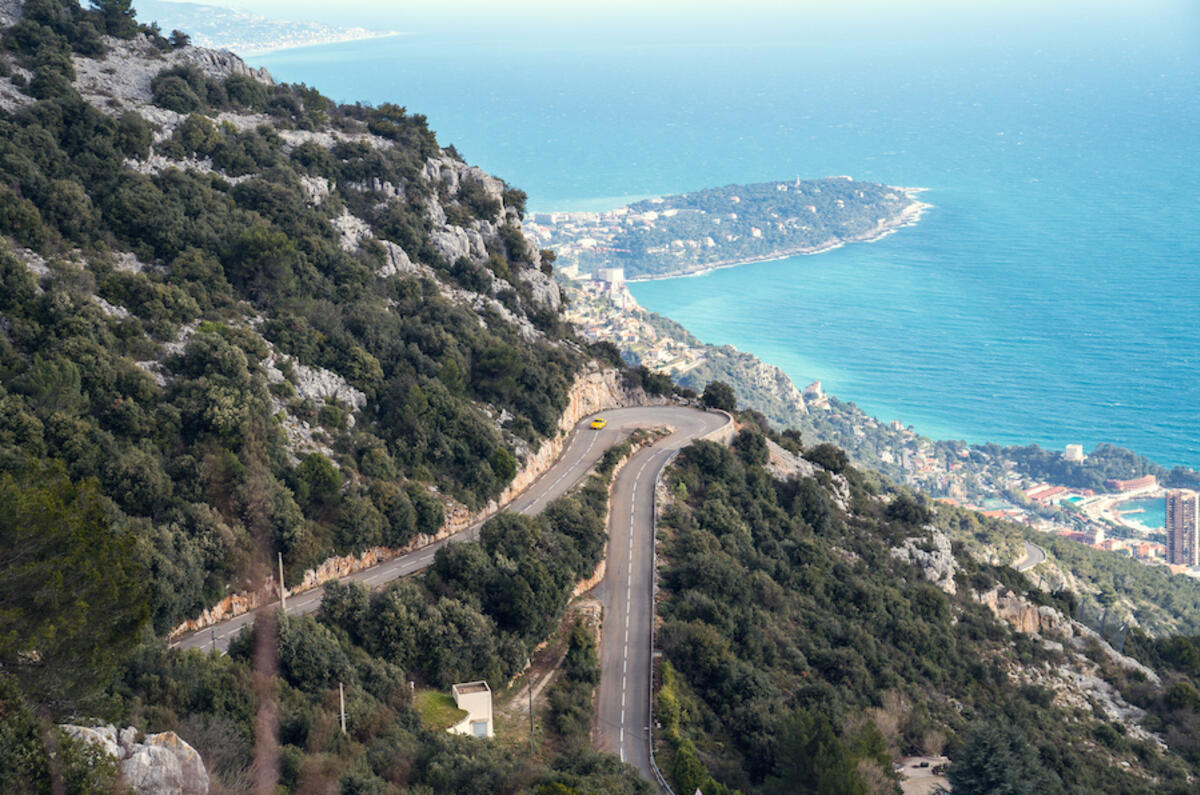
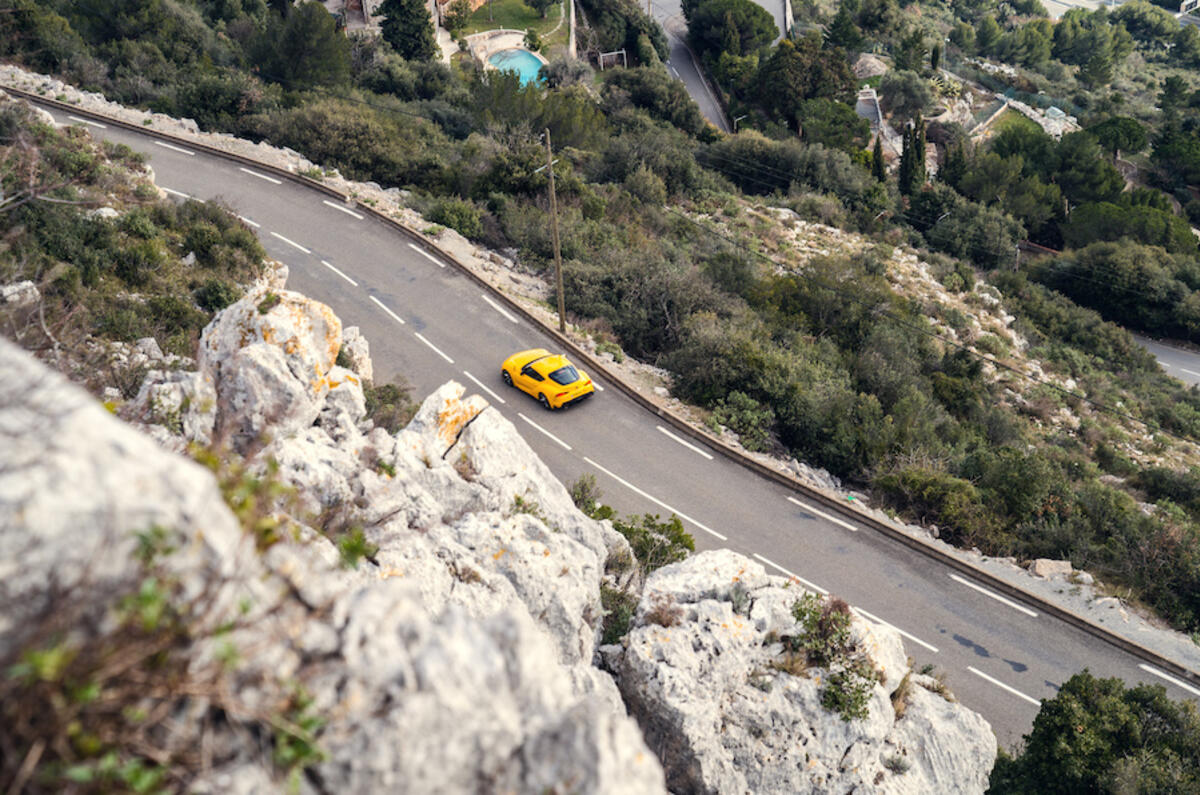
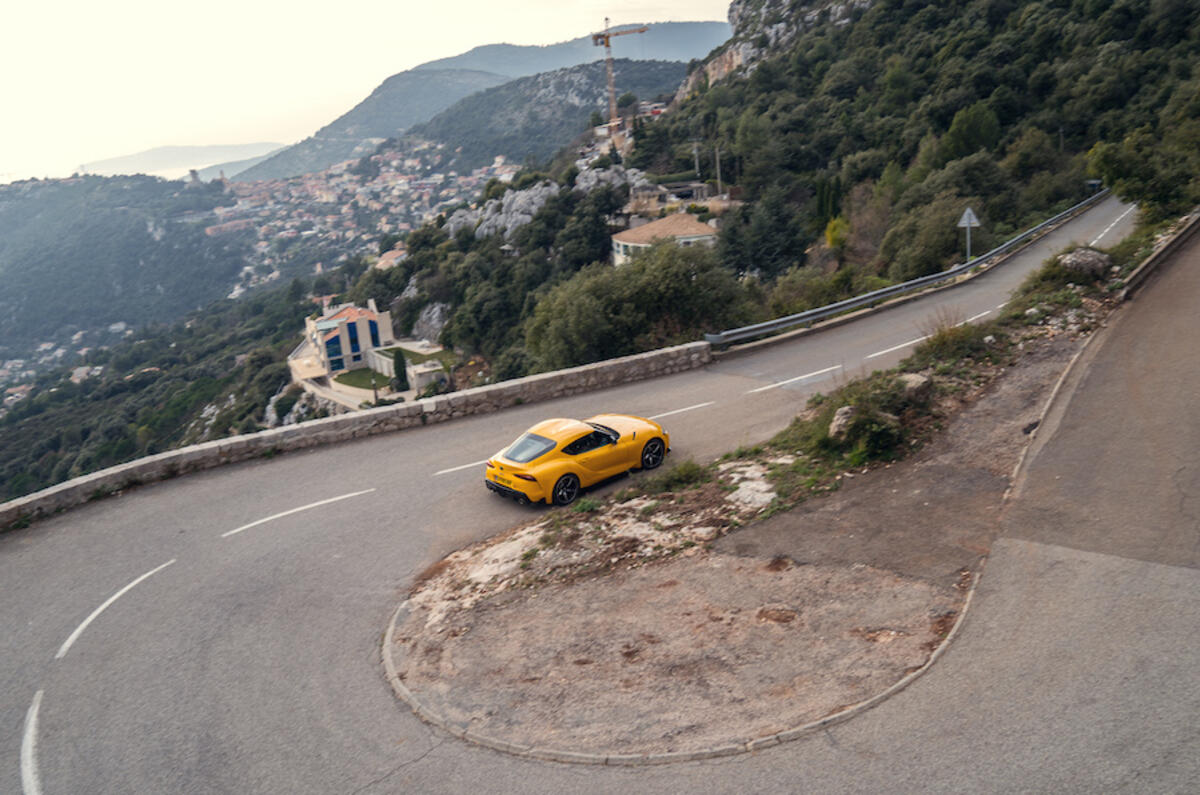
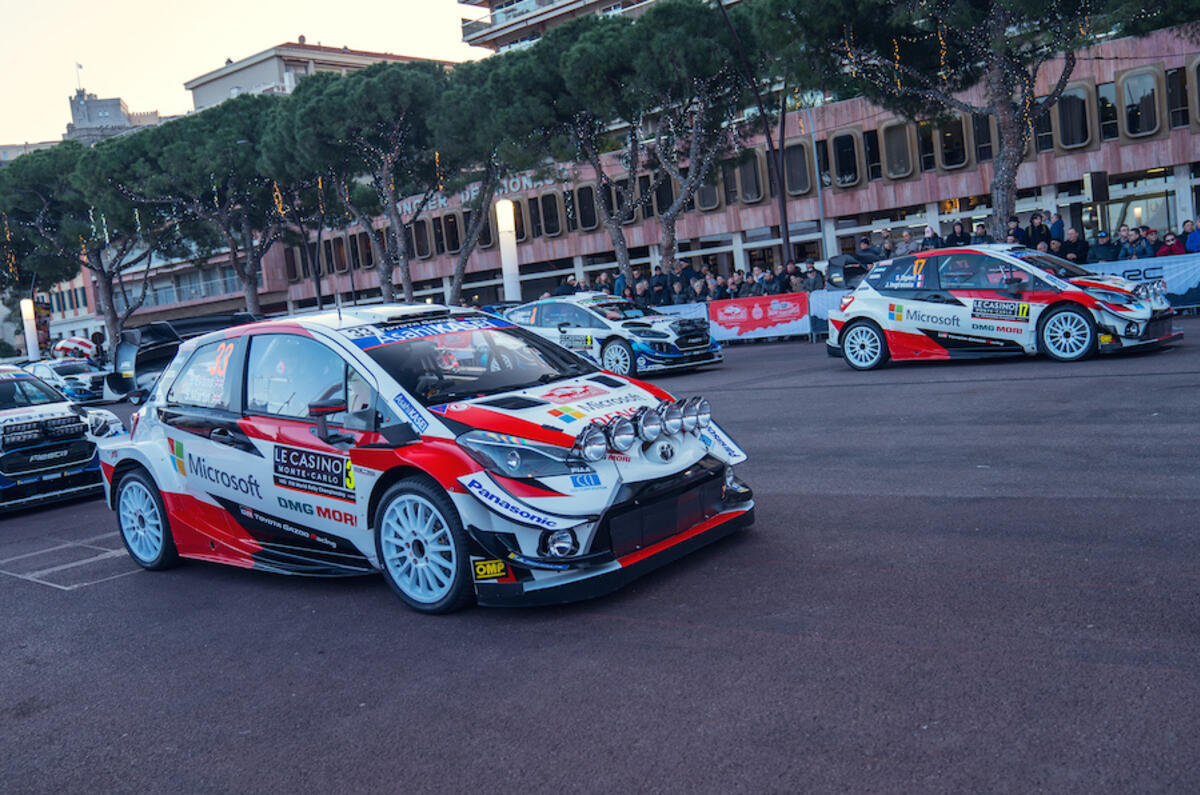

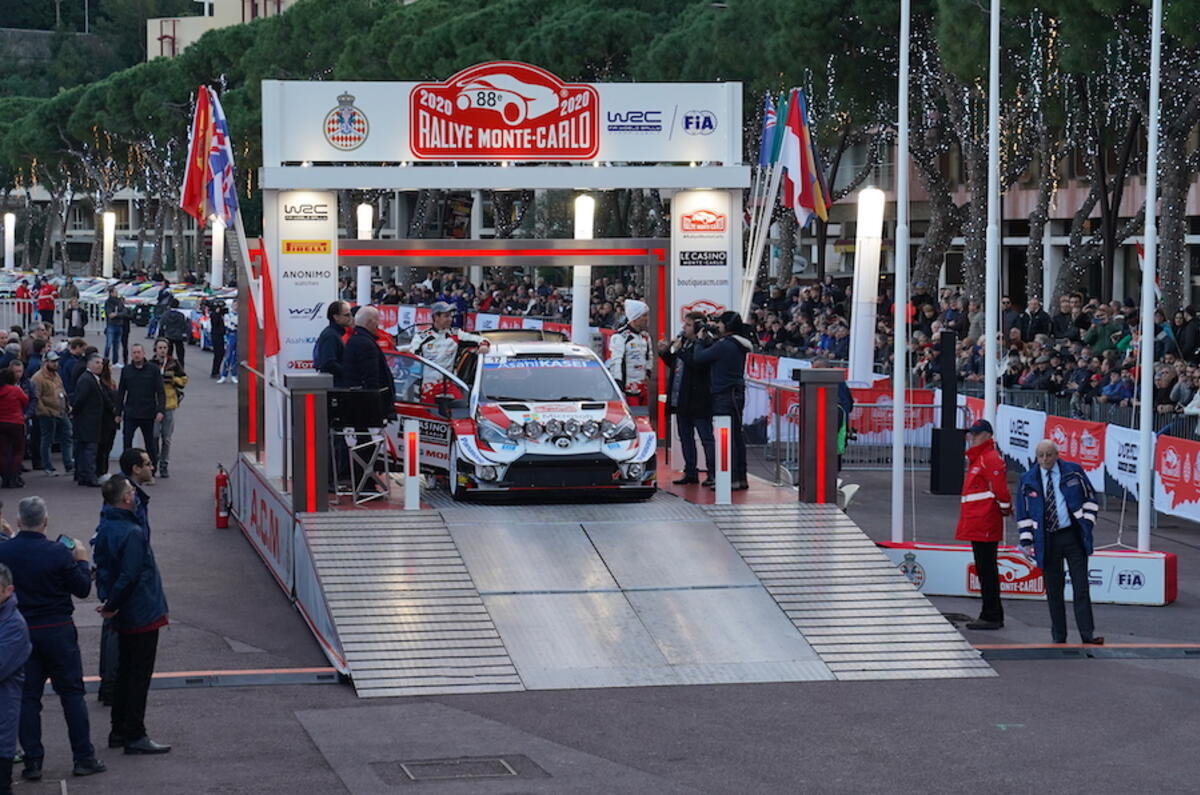
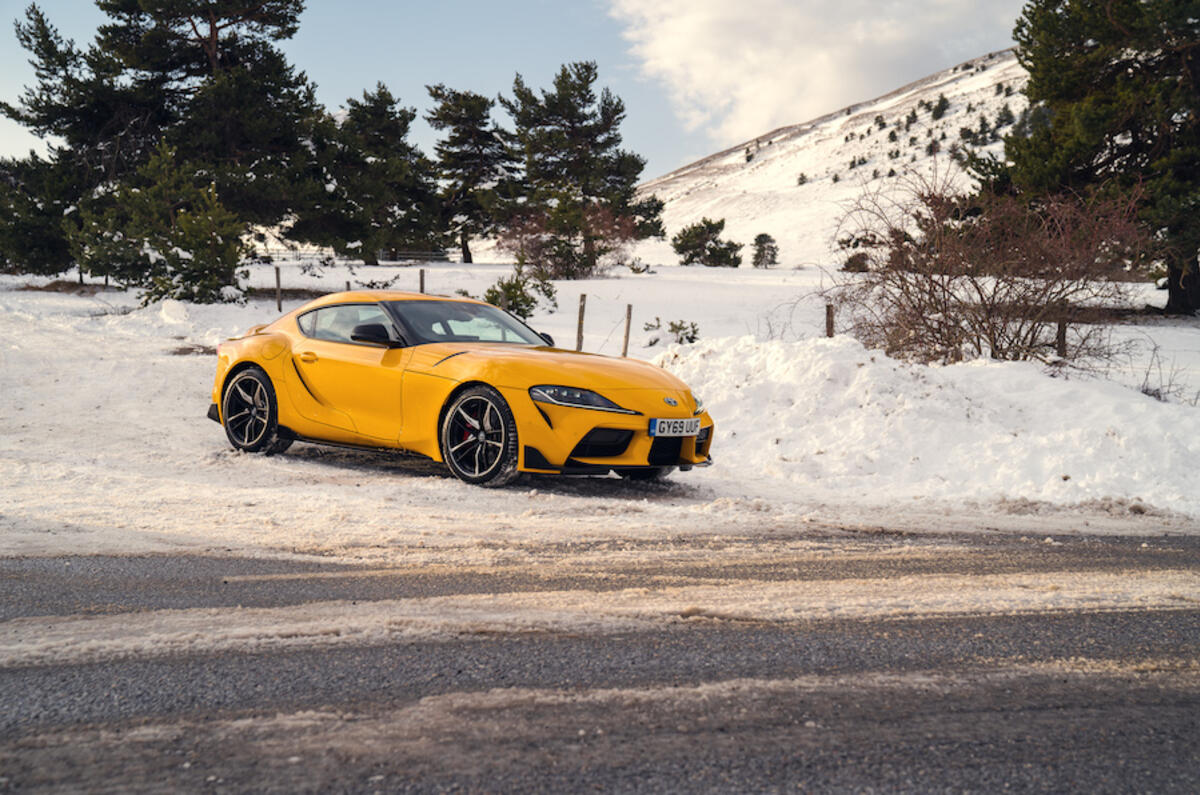
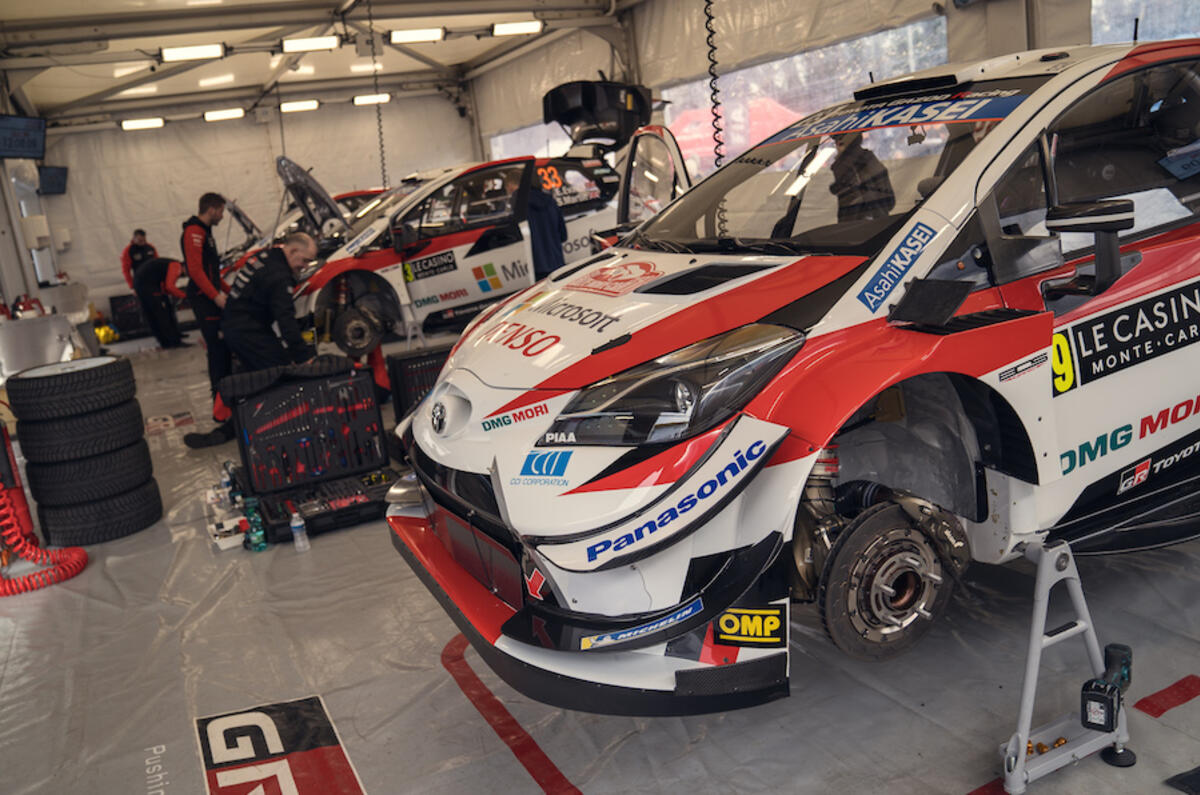
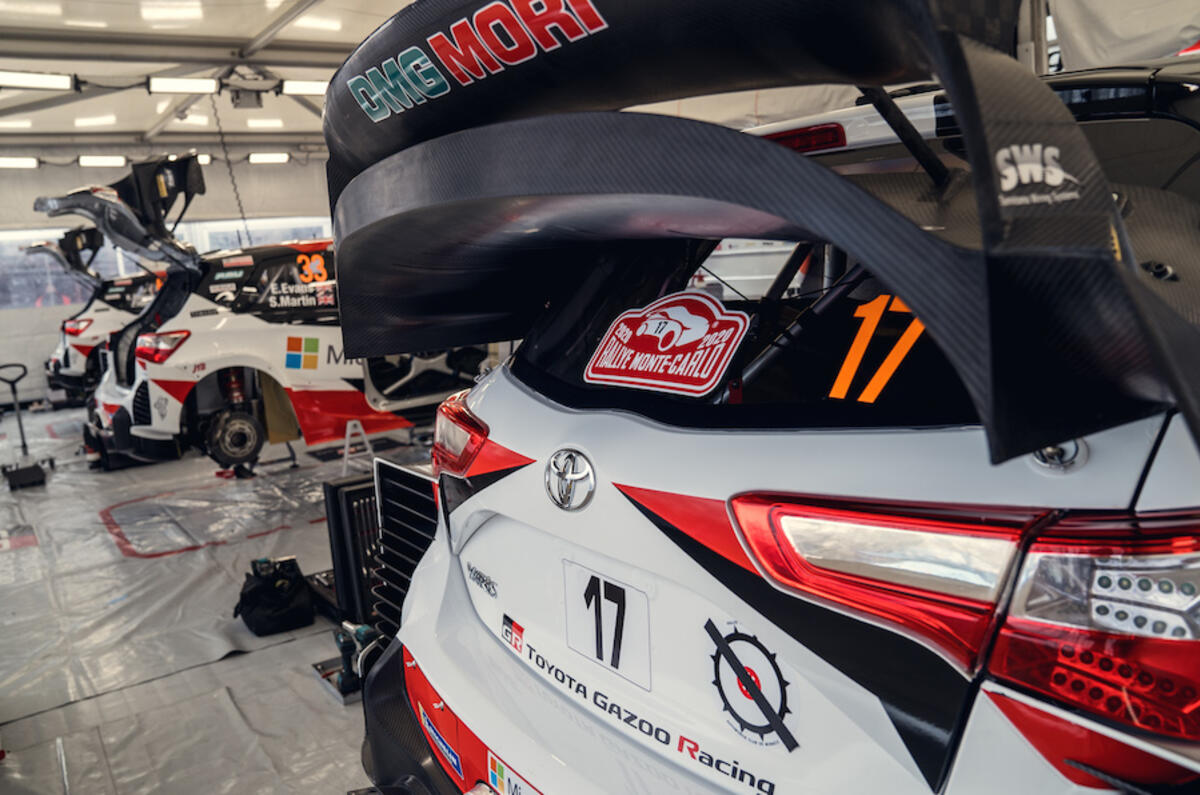
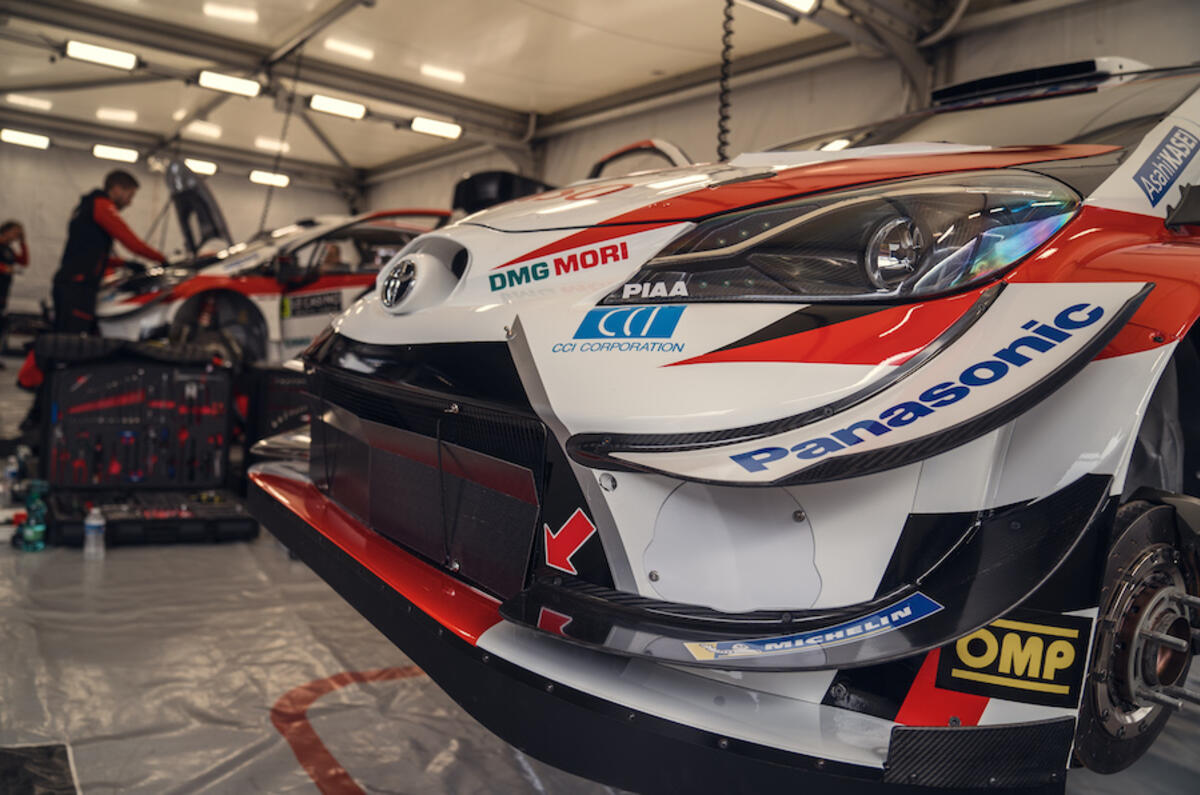
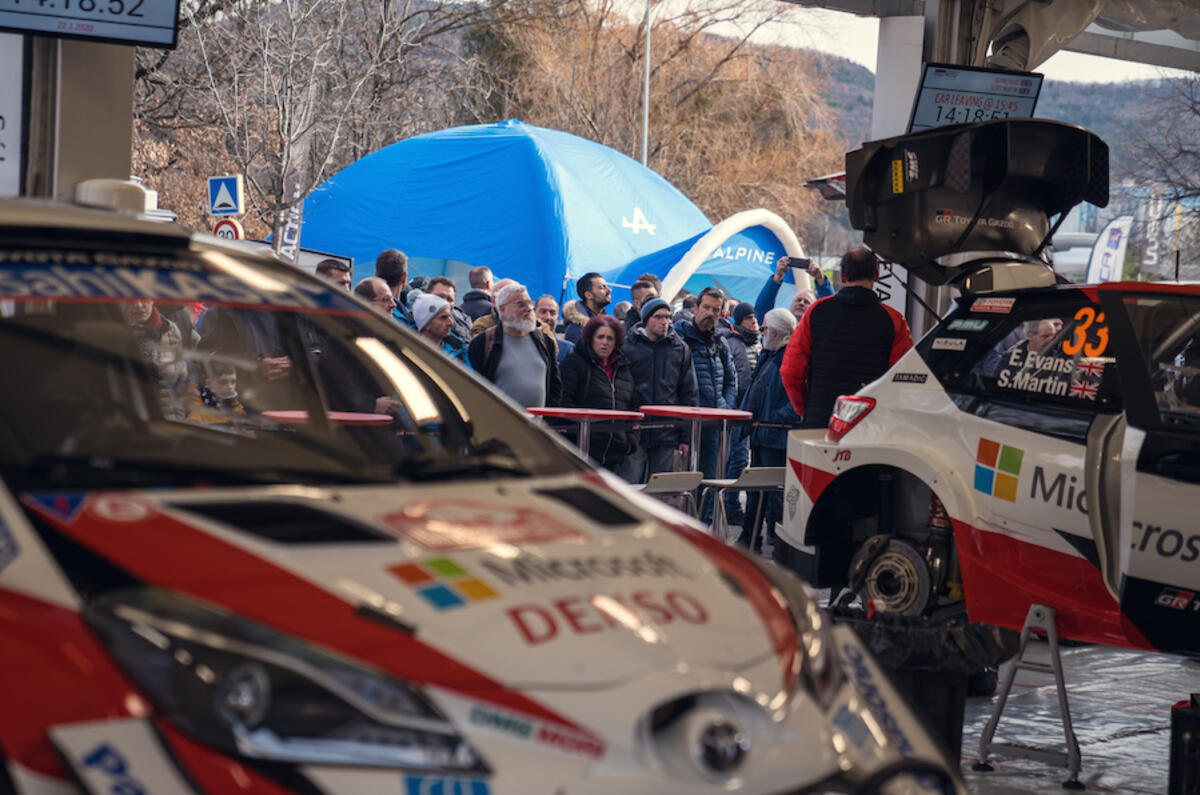

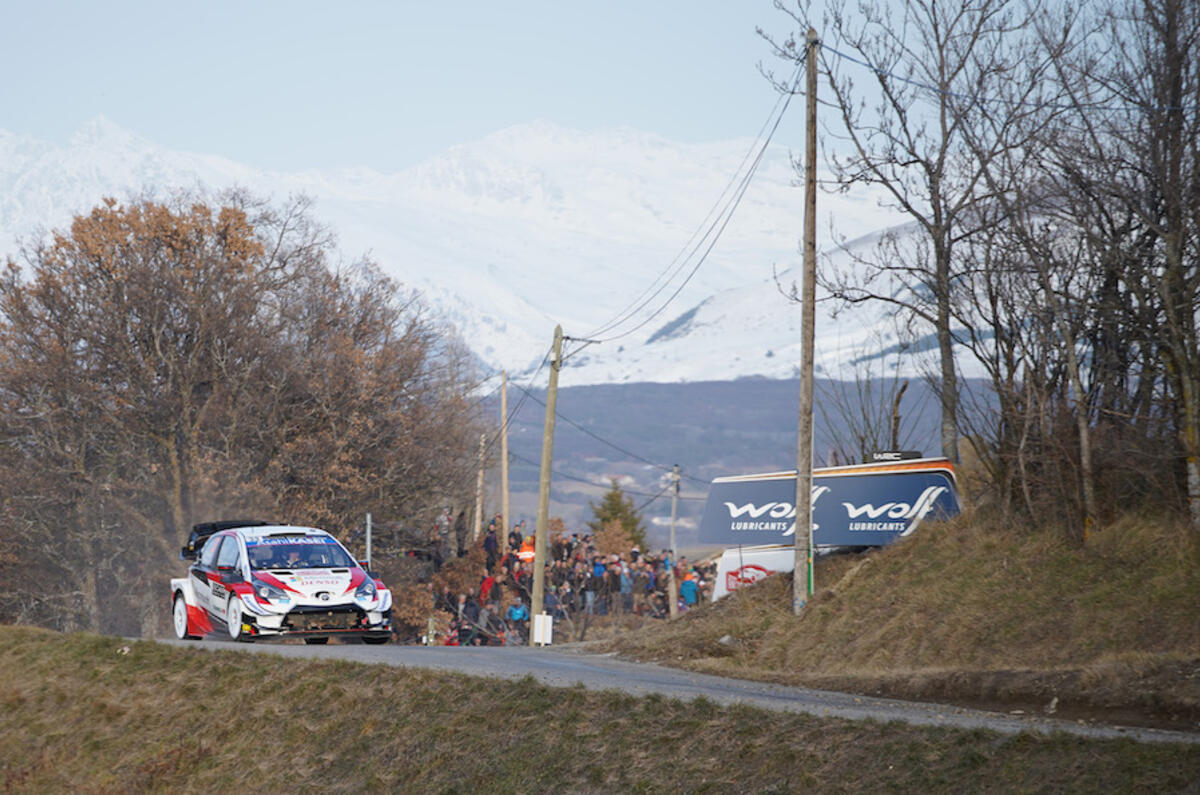

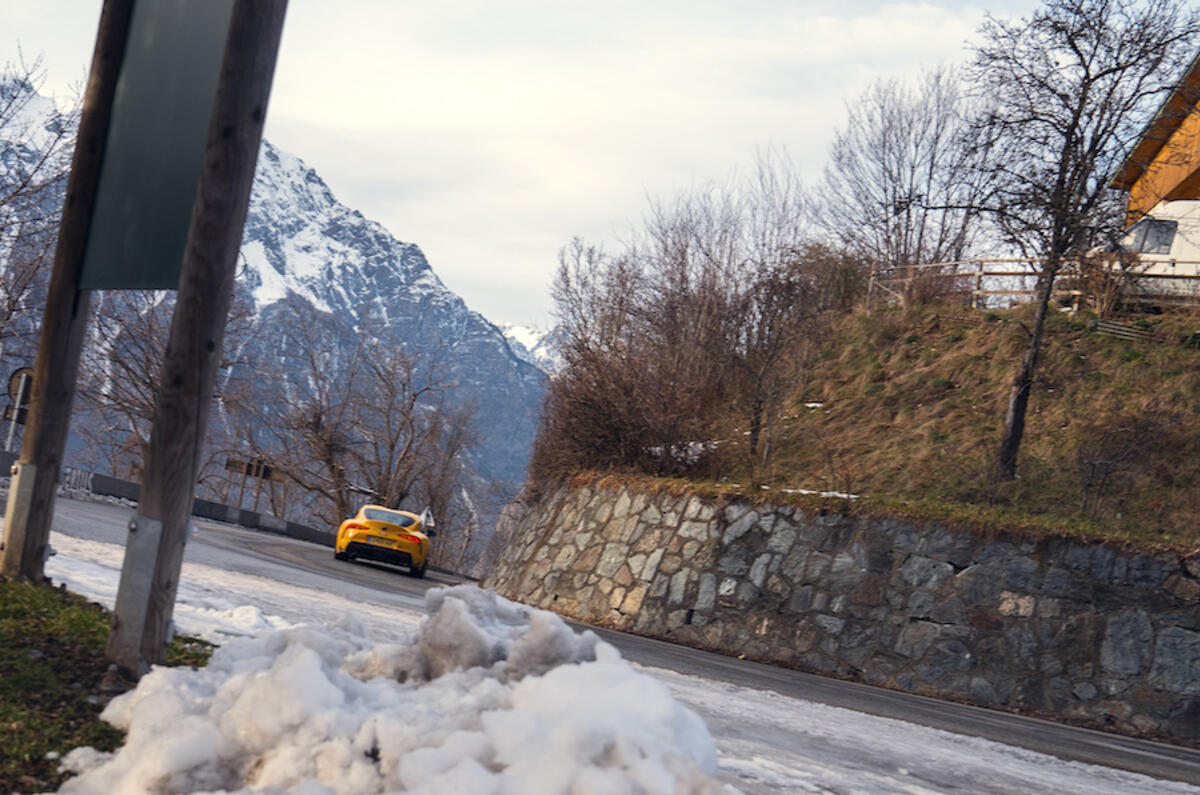
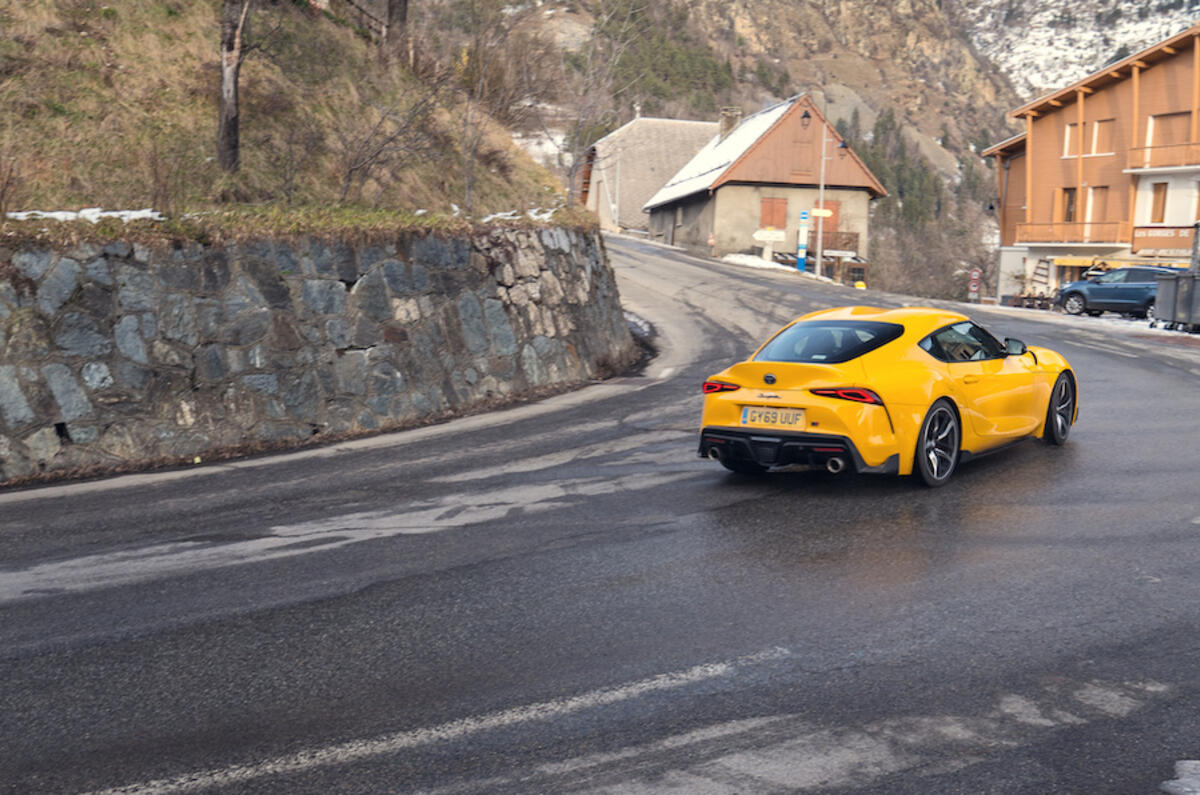
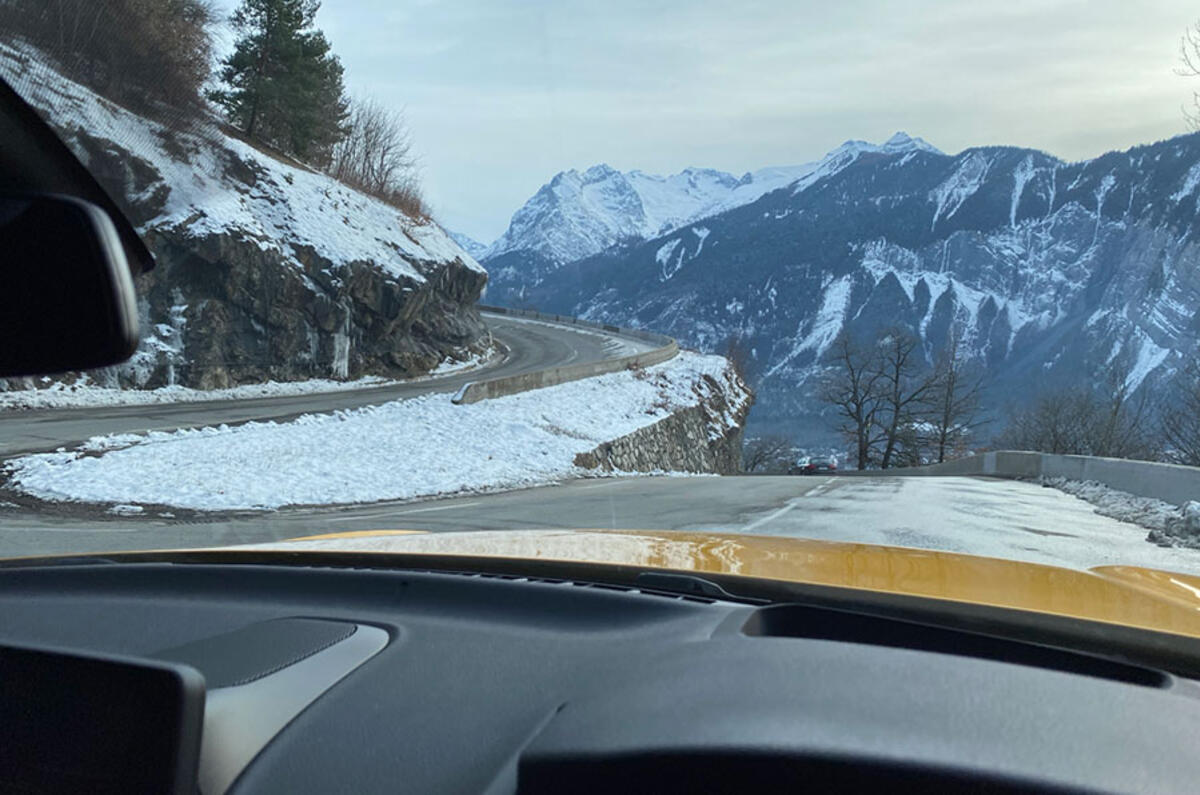
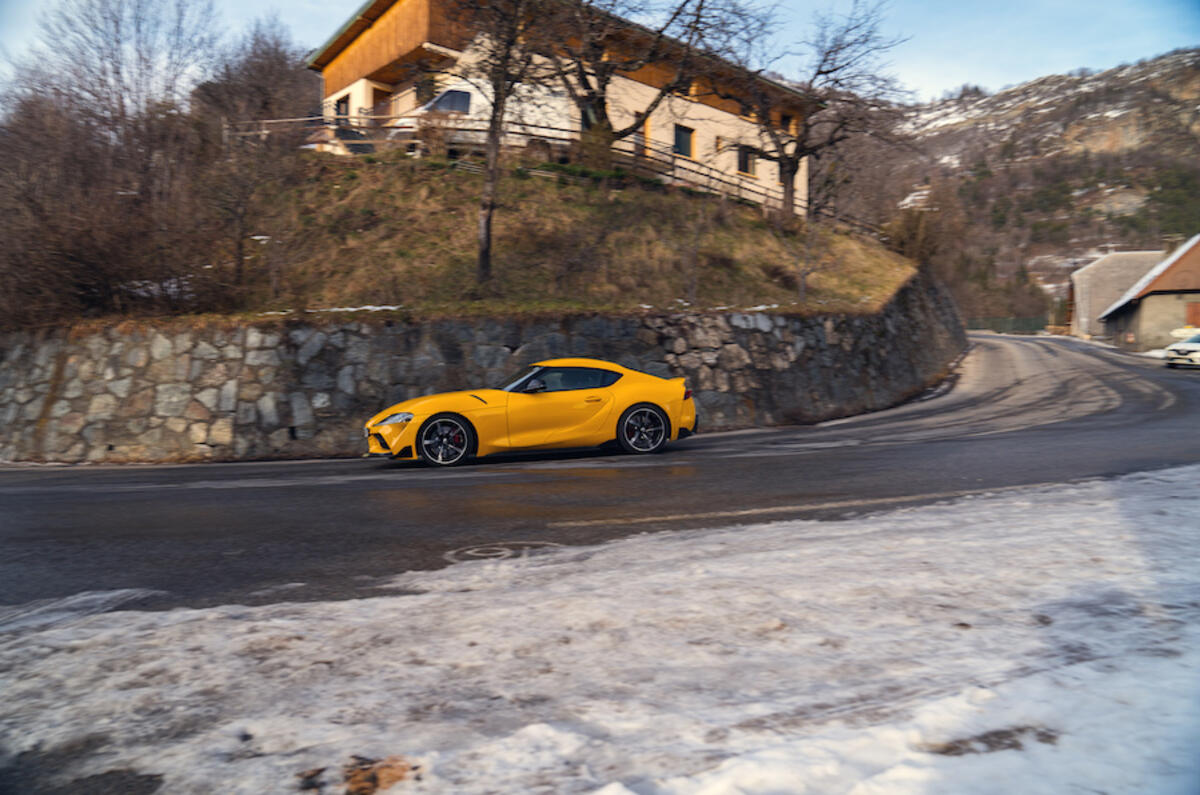
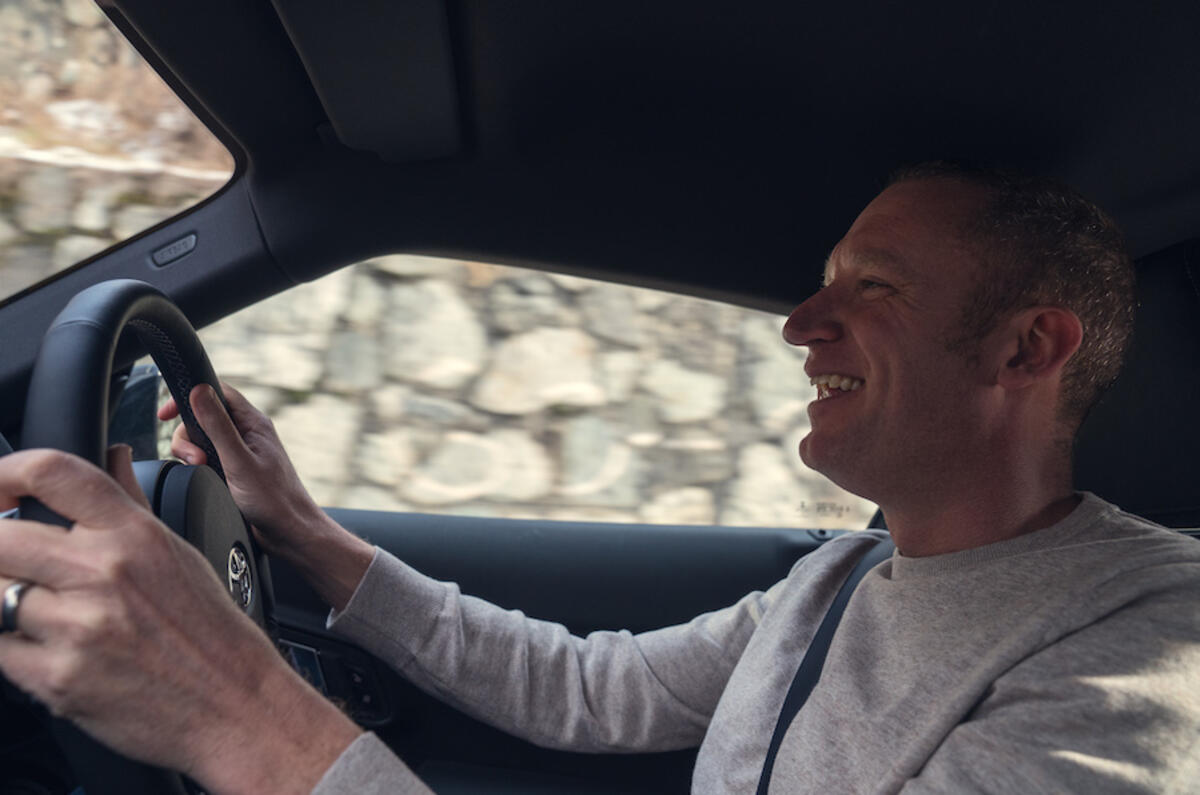

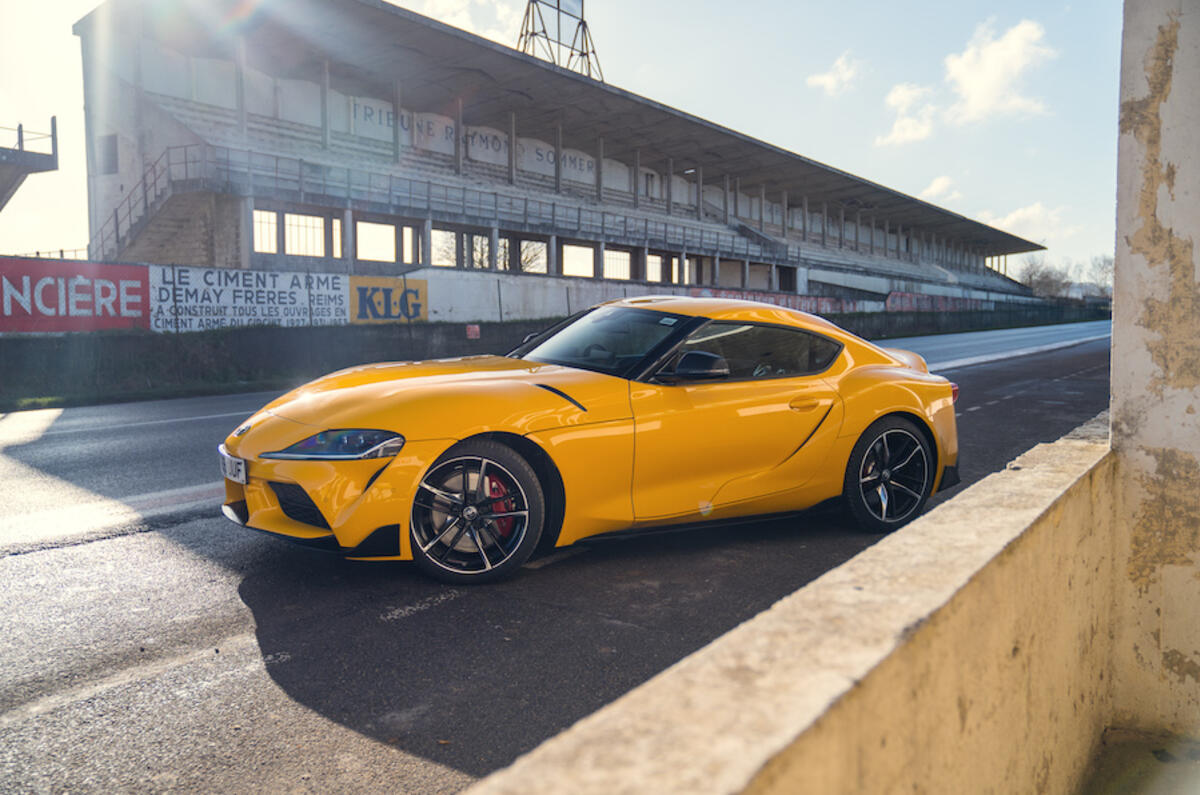
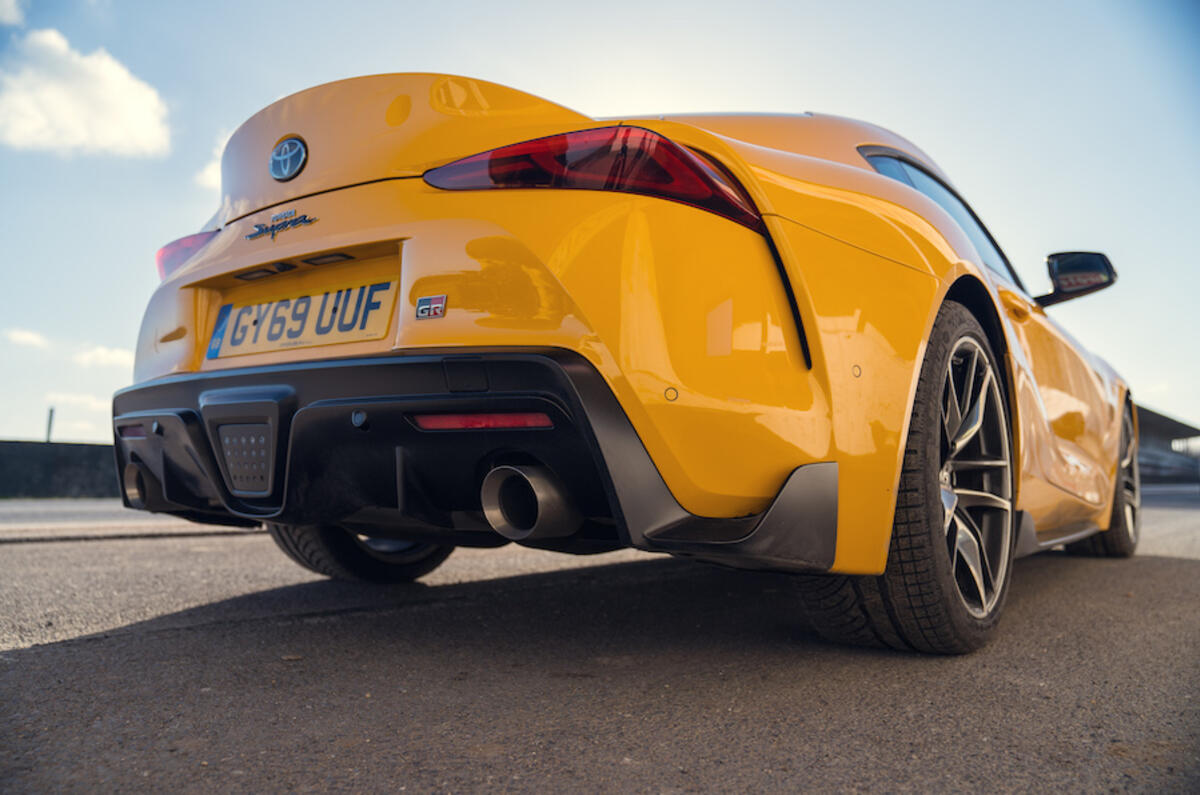
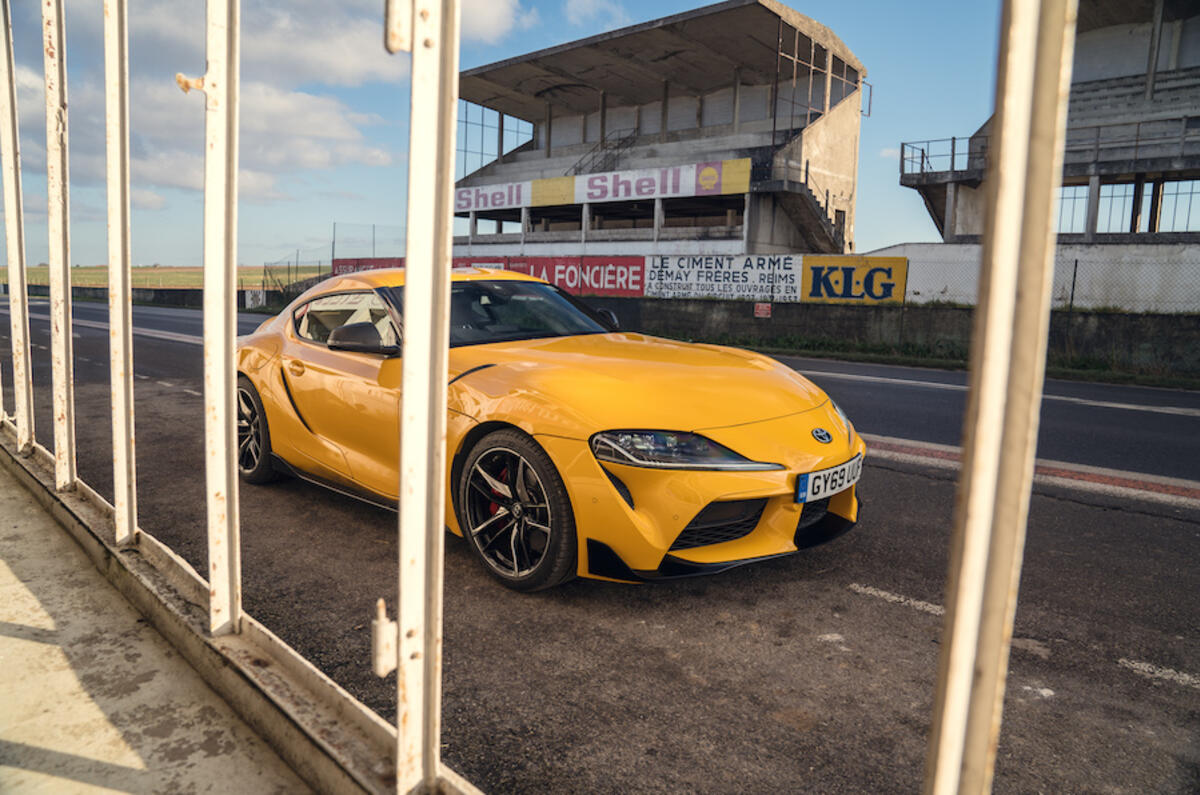
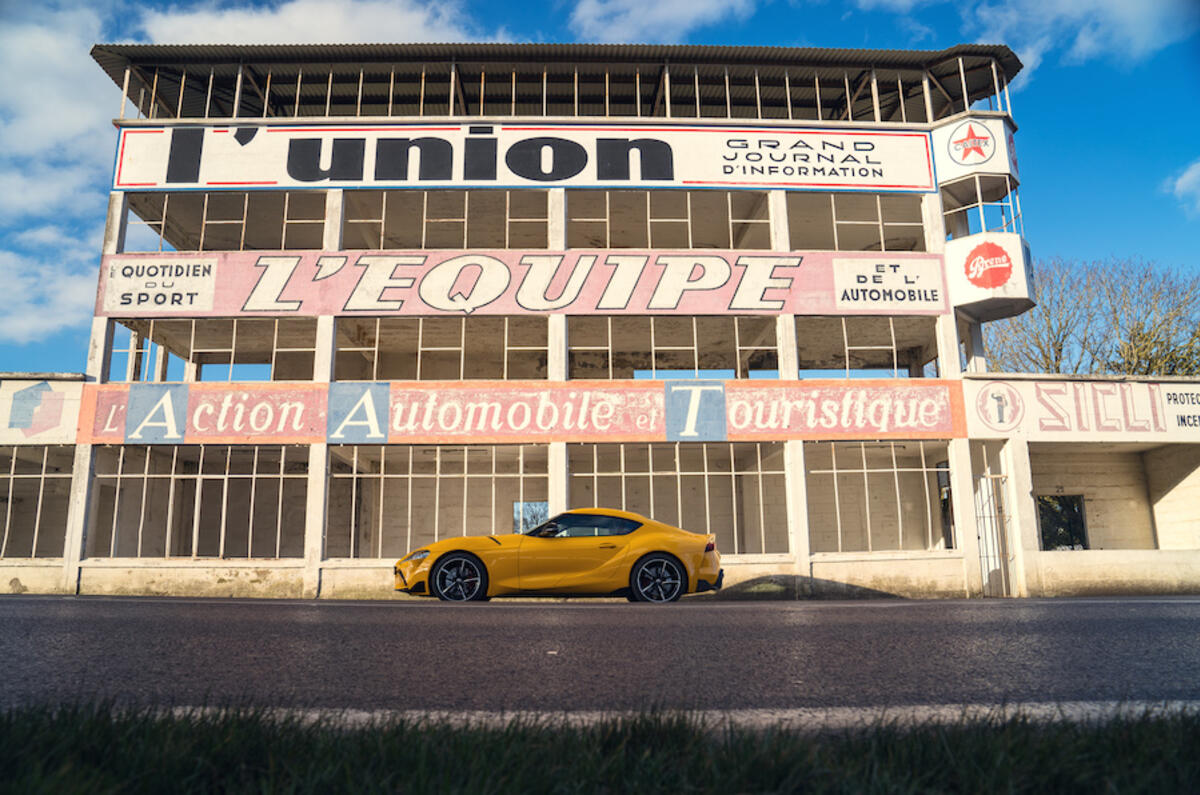

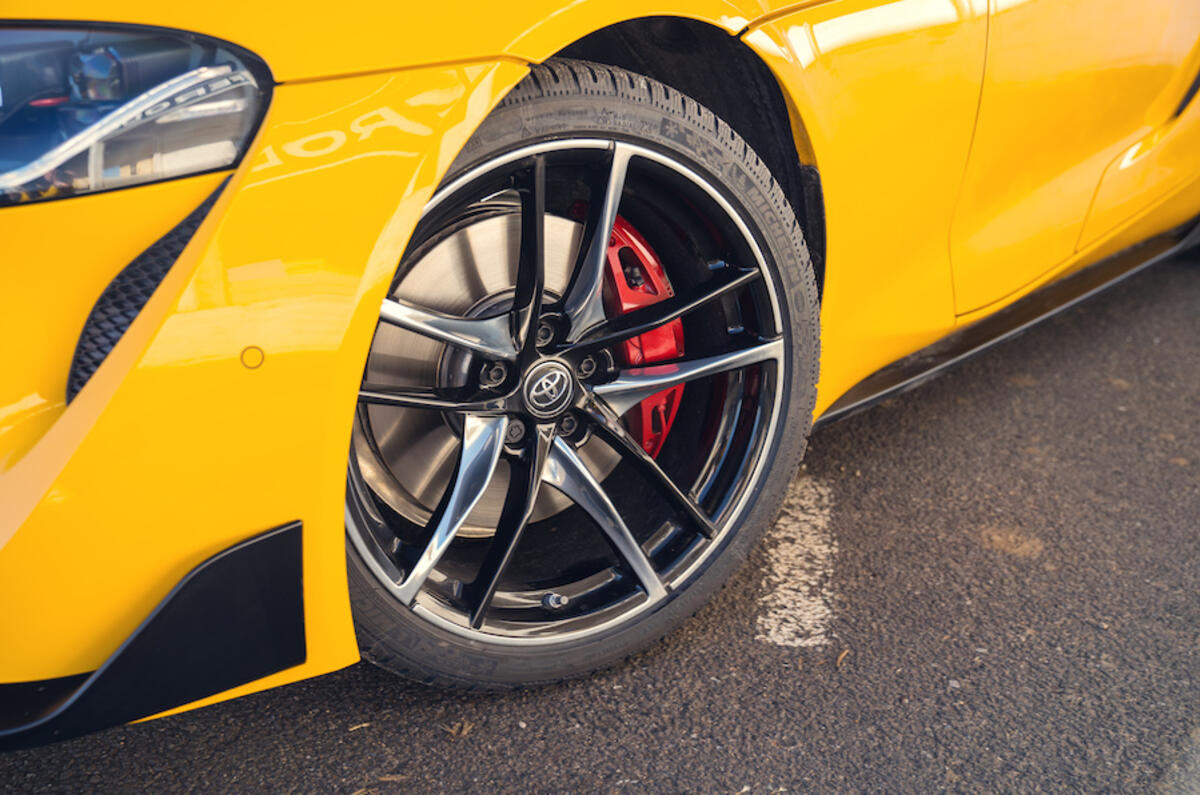
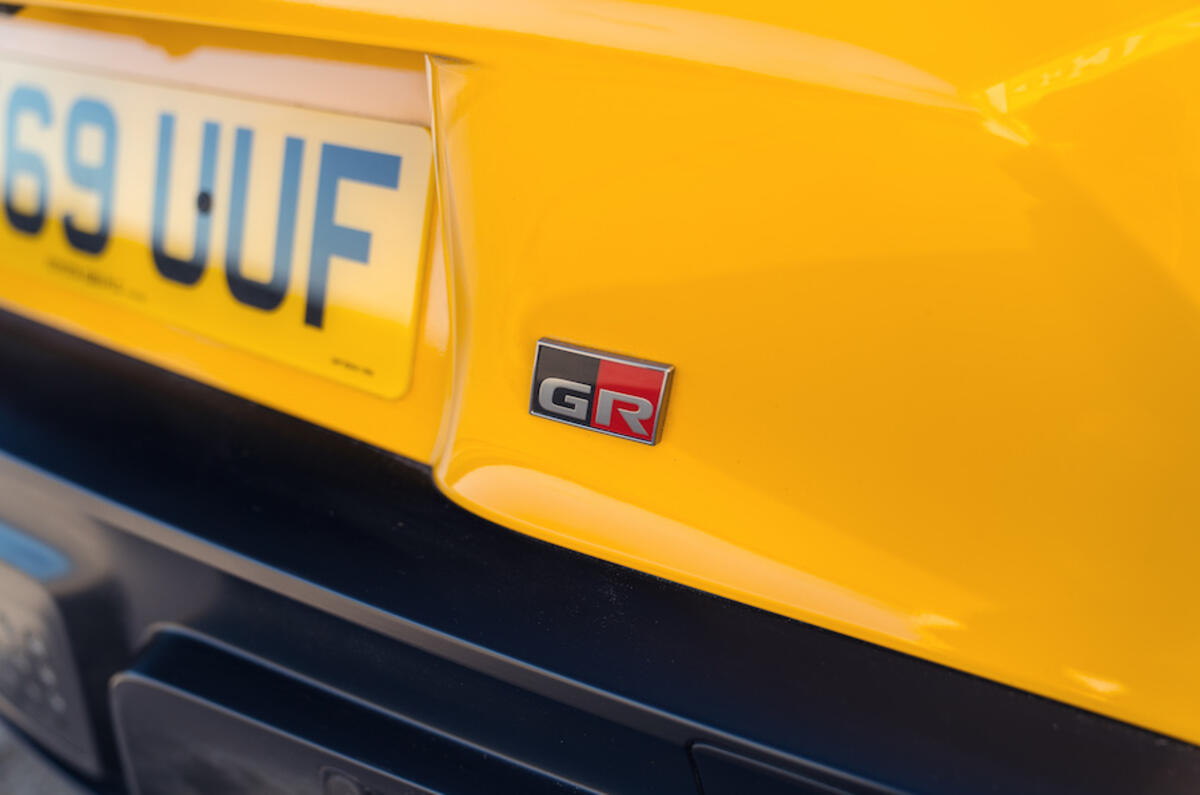

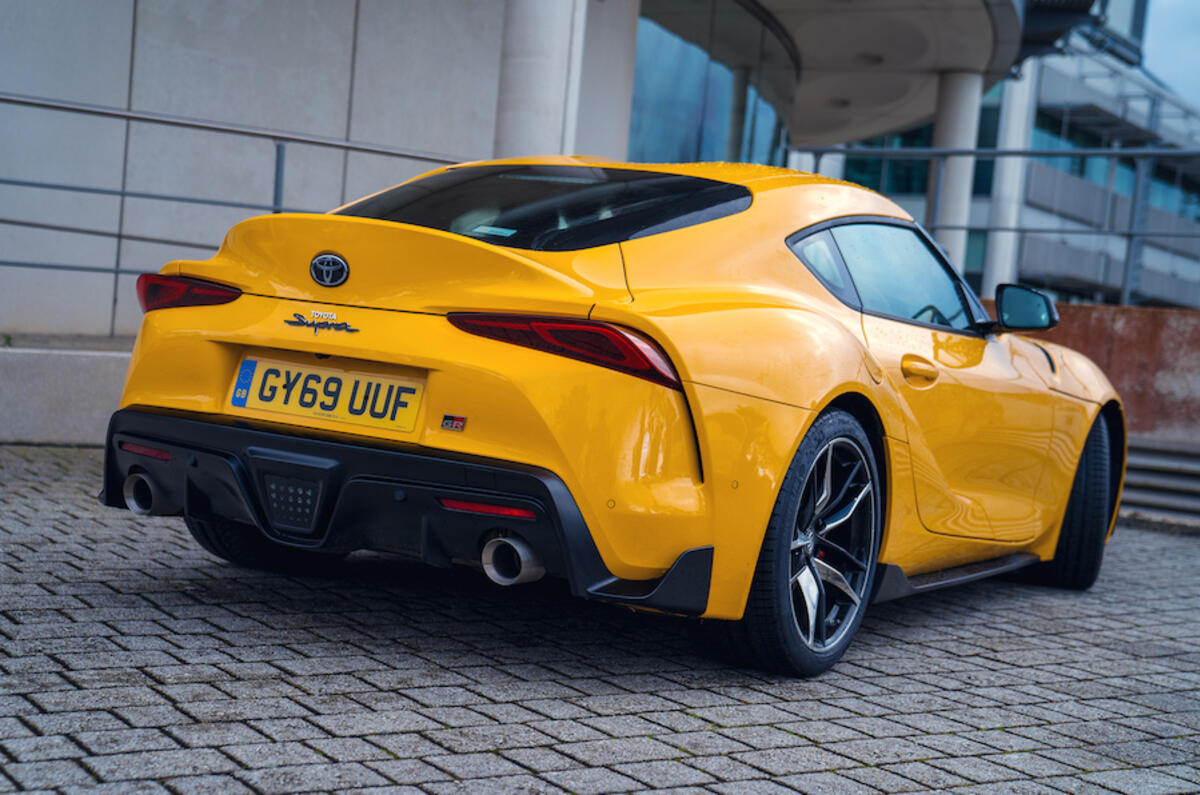
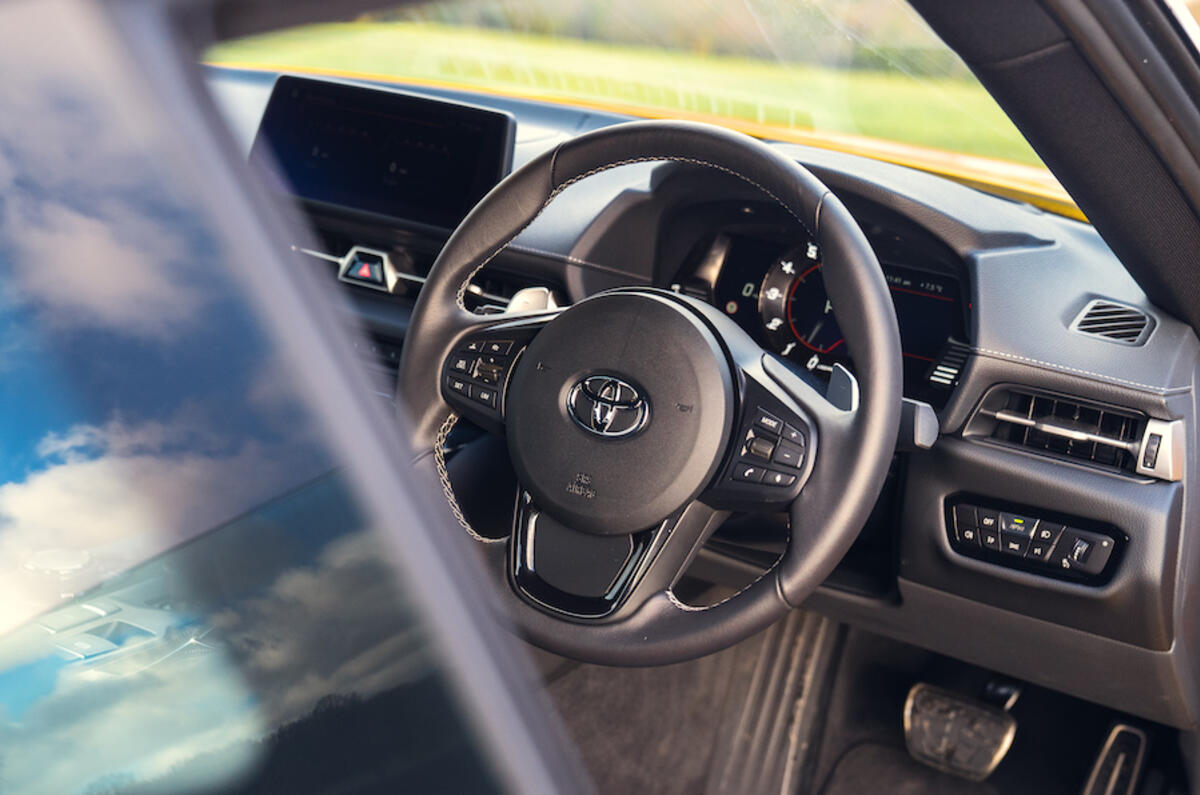
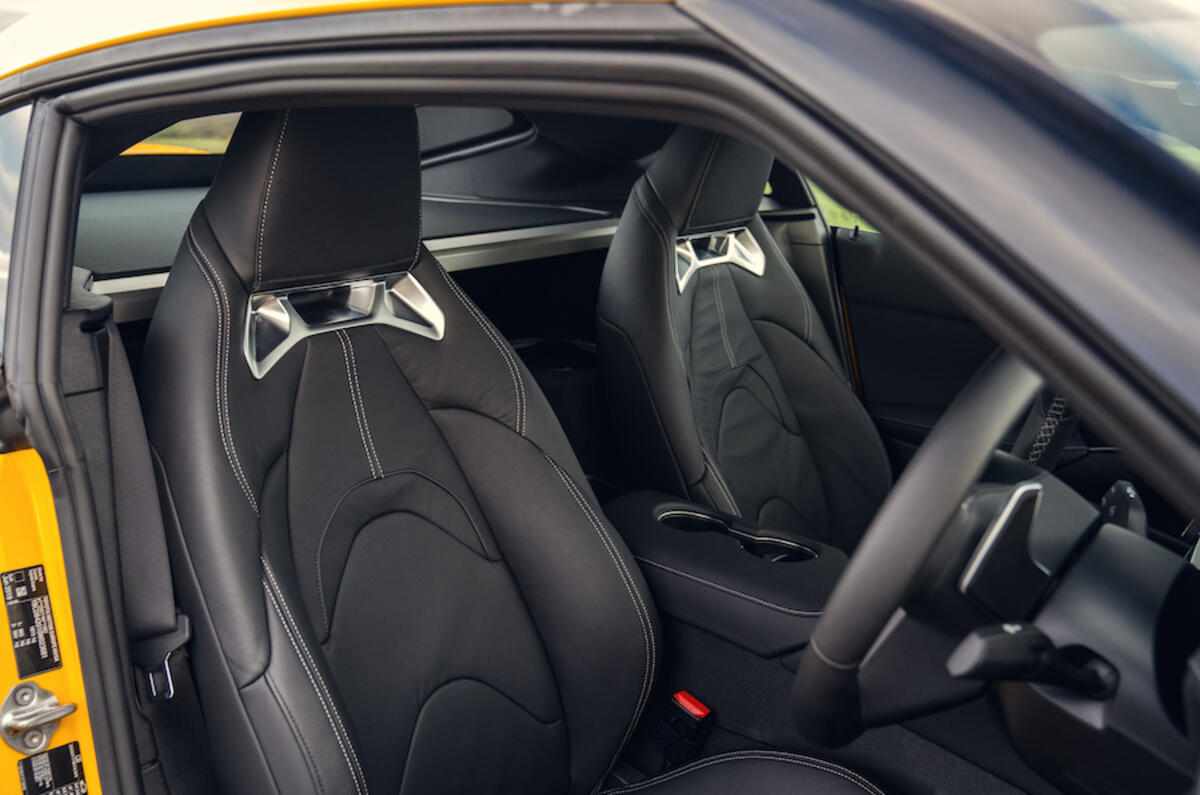
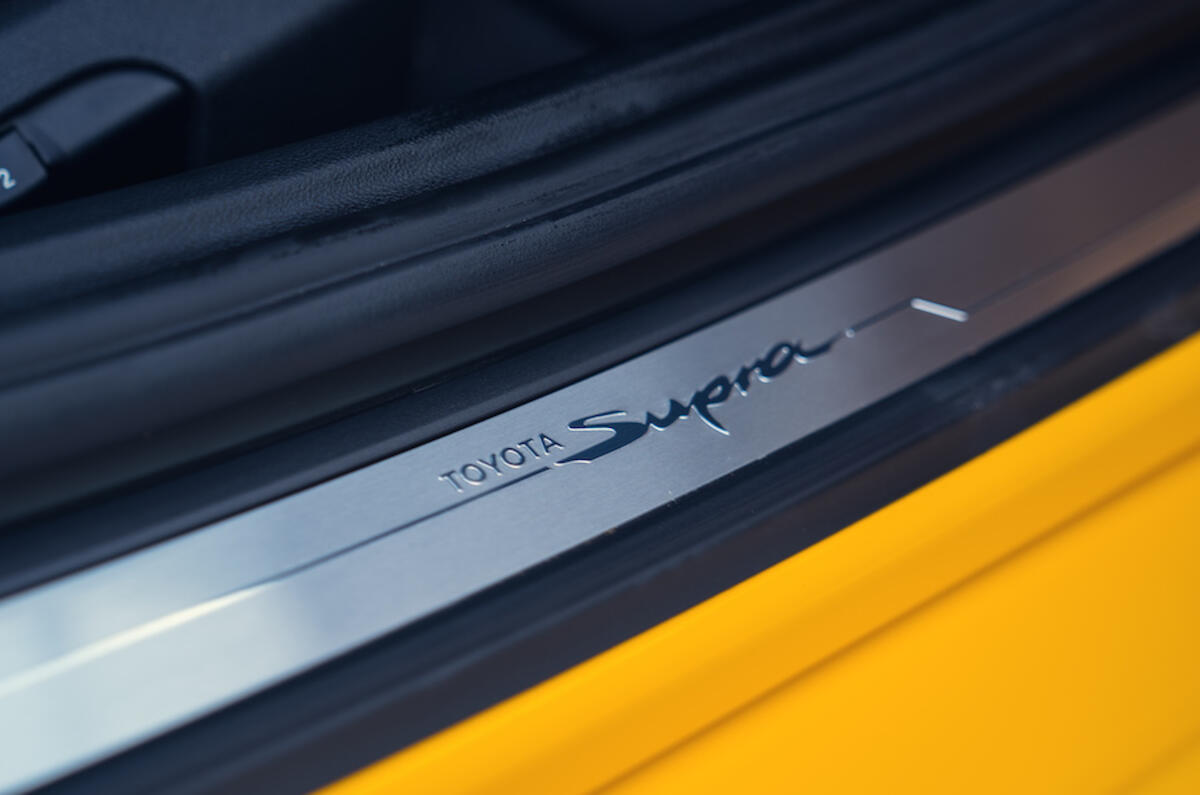
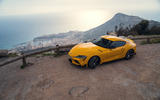
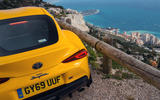
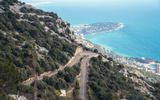
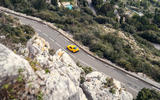
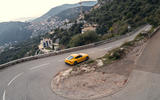
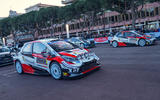
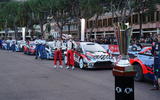
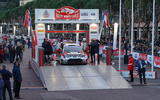
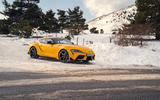
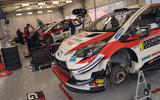
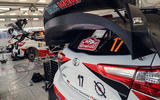
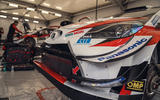
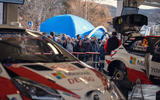
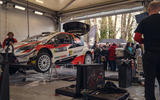

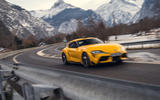
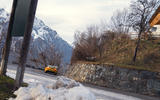
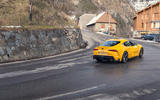
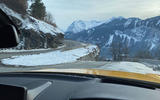
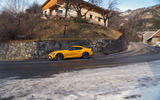

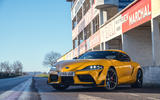
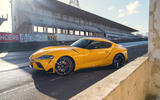
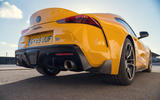
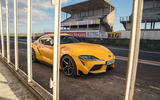
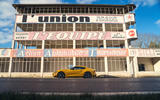
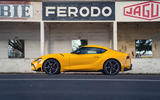
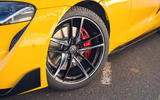

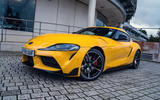
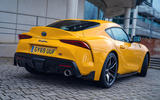
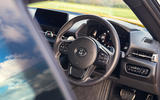
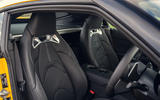
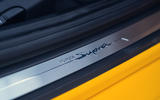



Add your comment